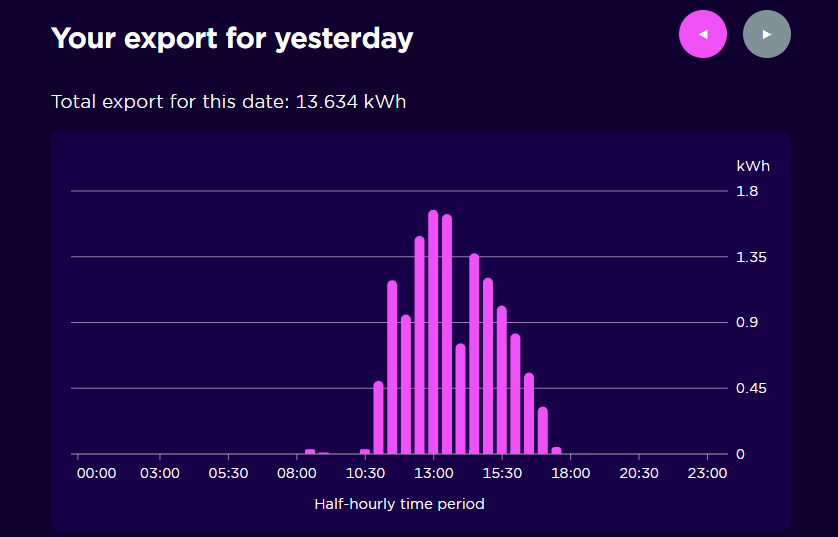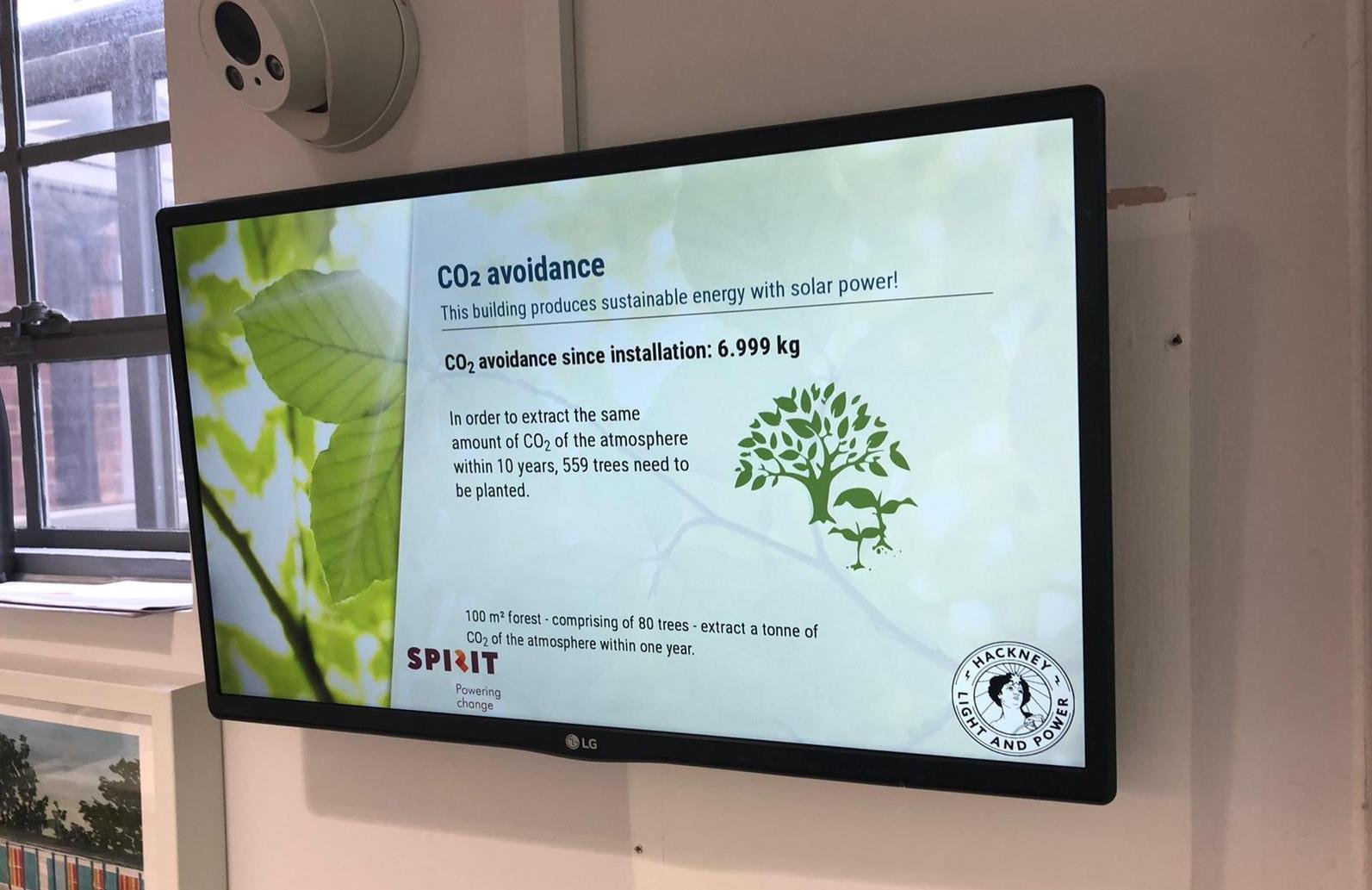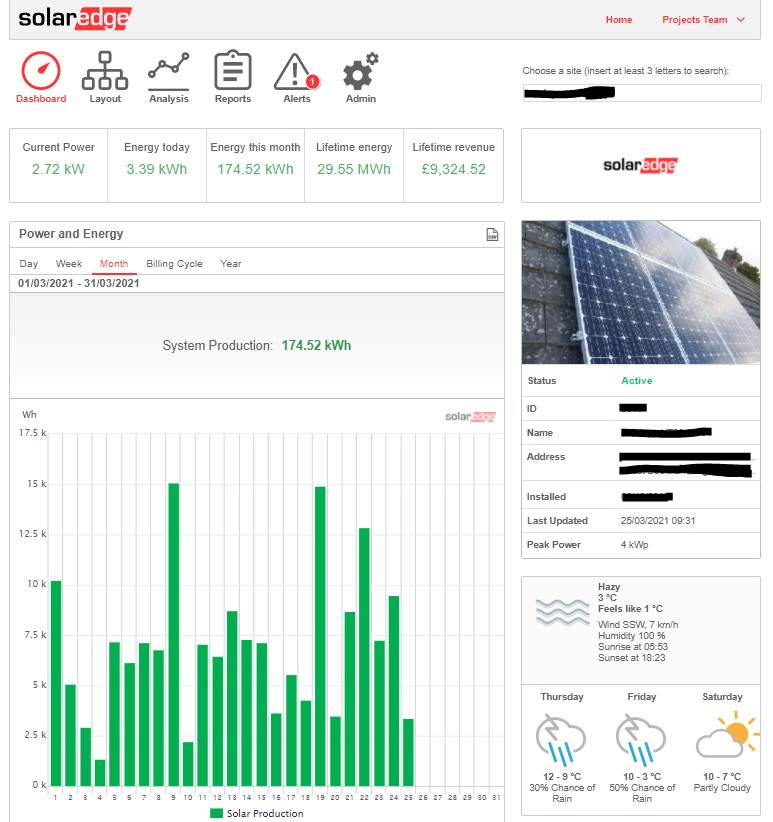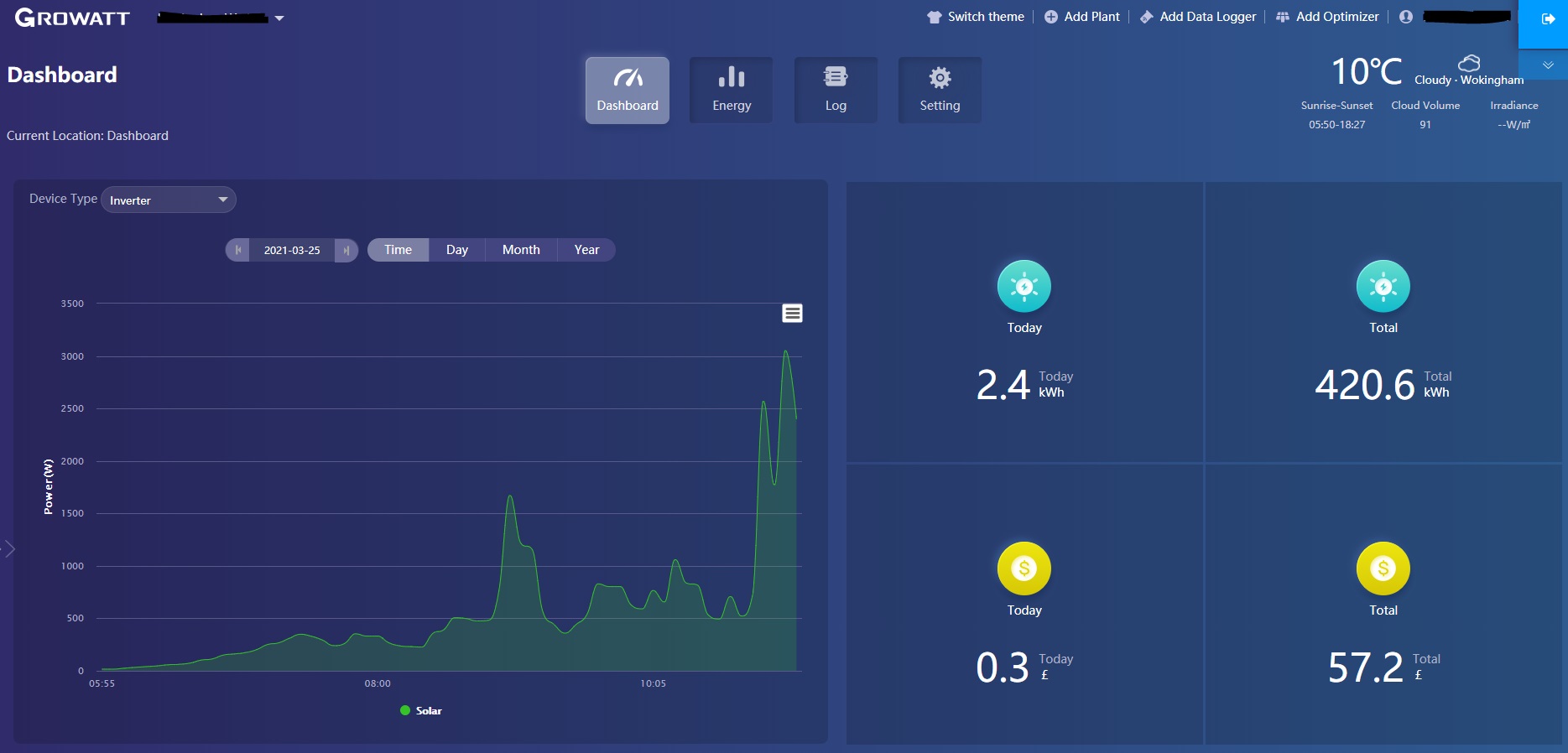Image: SolarEdge.
Since solar panels are static, there’s little to actually, well, see when they’re generating. Sure, it’s nice to start receiving smaller energy bills but, if you’re like most of our customers, you’ll want to dig into the performance data every now and then.
As well as checking when the most solar power is being generated (a useful reminder to turn on the dishwasher and make the most of that free electricity), solar monitoring is great for reviewing past output and comparing performance. Sudden drops can indicate faults that need fixing, or help assess if it’s worth giving the panels a clean.
Wondering which solar PV monitoring solutions are the best? Read on...
What do you get in a monitoring platform?
All the solar PV systems we install come with accessible online monitoring. Most of the time, this data comes from the system's inverter. As standard, this monitoring includes:
- real time power generation,
- historic generation data,
- details of your system.
Note that you can also read solar production from the generation meter (which is the most accurate source), while online portals are based on inverter calculations.
How to access your data
Most system monitoring is available via an online platform, mobile app or both. The quality of the mobile apps seems to vary (it’s worth reading the reviews for your specific inverter and OS), with some Chinese apps online partially translated, for example.
Many manufacturers also offer access to your system’s data via an API, which may be useful if you want to custom-code displays or integrate solar with a smart home.
Tesla Powerwall (our top recommended battery) can be monitored from the web but it’s a bit fiddly to access - it’s really designed for you to use the mobile app (which is a great monitoring tool). Tesla doesn’t have an official API, but there is information online about accessing the data via third parties.
Dashboard comparison
Scroll through the images below to preview each monitoring platform:
![SolarEdge monitoring SolarEdge monitoring]()
SolarEdge
![SolarEdge panel monitoring SolarEdge panel monitoring]()
SolarEdge panel monitoring
![Fronius monitoring Fronius monitoring]()
Fronius
![Solis monitoring Solis monitoring]()
Solis
![Growatt monitoring Growatt monitoring]()
Growatt
![SMA monitoring SMA monitoring]()
SMA
![Enphase monitoring Enphase monitoring]()
Enphase
![Tesla app home usage Tesla app home usage]()
Tesla Powerwall
Export monitoring
To receive payment for your excess solar generation, under the Smart Export Guarantee, you need a smart meter to monitor export. You should then be able to view how much power you're exporting via your electricity supplier's account.
Here's an example from Octopus Energy's online portal:

Notable features and platforms
All the inverter brands give satisfactory monitoring, if not always presented in the nicest interface. In our opinion, the best monitoring solutions are those from Fronius (premium string inverters) and SolarEdge (power optimisers). Though, unsurprisingly, these cost more than your average inverter.
SolarEdge and Enphase offer individual panel-level monitoring, allowing you to see the impact of their output optimisation technologies. For the cost of an additional export meter, Fronius and SolarEdge can provide a breakdown of solar power exported vs consumed on site, all within the one interface.
If none of the inverter monitoring platforms do the job, you can also invest in third party monitoring. Solar-Log offers ‘enhanced monitoring’, and can proactively alert you to deviations in performance or faults. For commercial venues, SolarFox is a good display system to graphically illustrate solar generation to visitors.

Learn more about installing solar PV in our free guide:

You may also like to take a look at our battery monitoring comparison.




















